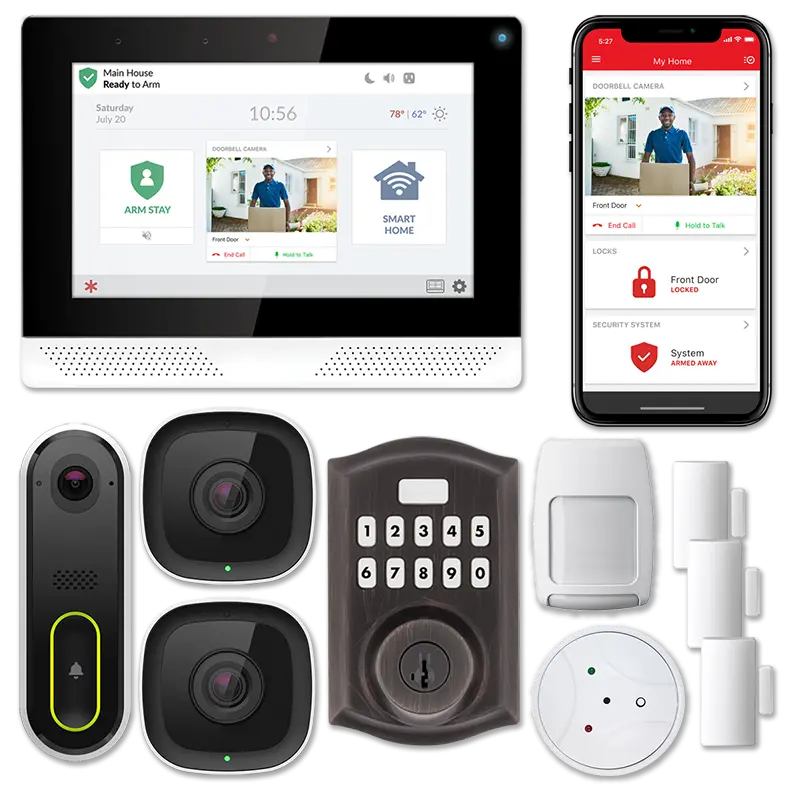
A Legacy of Home Improvement
Home Depot has cemented itself as a pivotal player in the Canadian home improvement market since its first store opened in 1994. With a vast array of products and services tailored to the needs of both DIY enthusiasts and professional contractors, Home Depot Canada has grown to become a trusted name across the country. The company’s commitment to providing high-quality products and excellent customer service has set it apart in a competitive industry.
Diverse Product Offerings
One of Home Depot’s biggest strengths lies in its extensive range of products. From basic building materials like lumber and drywall to high-end appliances and home decor, Home Depot caters to a wide variety of home improvement needs. Whether you’re renovating a bathroom, installing a new kitchen, or just sprucing up your garden, Home Depot has the necessary supplies. The store’s inventory is meticulously curated to ensure that customers can find what they need for any project, no matter how big or small.
Commitment to Customer Service
Exceptional customer service is a hallmark of Home Depot Canada. Knowledgeable staff members are always ready to assist customers with expert advice and practical tips. Whether you need help finding a product, understanding how to use a tool, or figuring out the best approach to a project, Home Depot associates are there to guide you. This dedication to customer support extends to their online presence as well, where detailed product information, instructional videos, and live chat options help customers make informed decisions.
Seamless Online Shopping Experience
Home Depot Canada has embraced the digital age with a robust online shopping platform that complements its physical stores. The website is user-friendly, allowing customers to easily browse products, read reviews, and make purchases from the comfort of their homes. One of the standout features is the option for in-store pickup, which offers the convenience of online shopping combined with the immediacy of picking up items at a local store. This hybrid model ensures customers get what they need quickly and efficiently.
Focus on Sustainability
Sustainability is a core value at Home Depot Canada. The company has implemented numerous initiatives aimed at reducing its environmental footprint. Energy-efficient store designs, waste reduction programs, and the promotion of eco-friendly products are just a few examples of Home Depot’s commitment to sustainability. Additionally, Home Depot participates in recycling programs for items such as batteries, paint, and appliances, helping customers dispose of these products responsibly. These efforts not only benefit the environment but also appeal to eco-conscious consumers.
Community Engagement and Support
Home Depot Canada is deeply invested in the communities it serves. Through the Home Depot Canada Foundation, the company supports a variety of charitable initiatives, particularly those focused on affordable housing and ending youth homelessness. The foundation collaborates with non-profit organizations to provide funding, materials, and volunteer support for community projects. Additionally, the Team Depot volunteer program encourages employees to engage in community service, strengthening the company’s ties to local communities and making a positive impact.
Professional Services for Contractors
Home Depot Canada …

















































